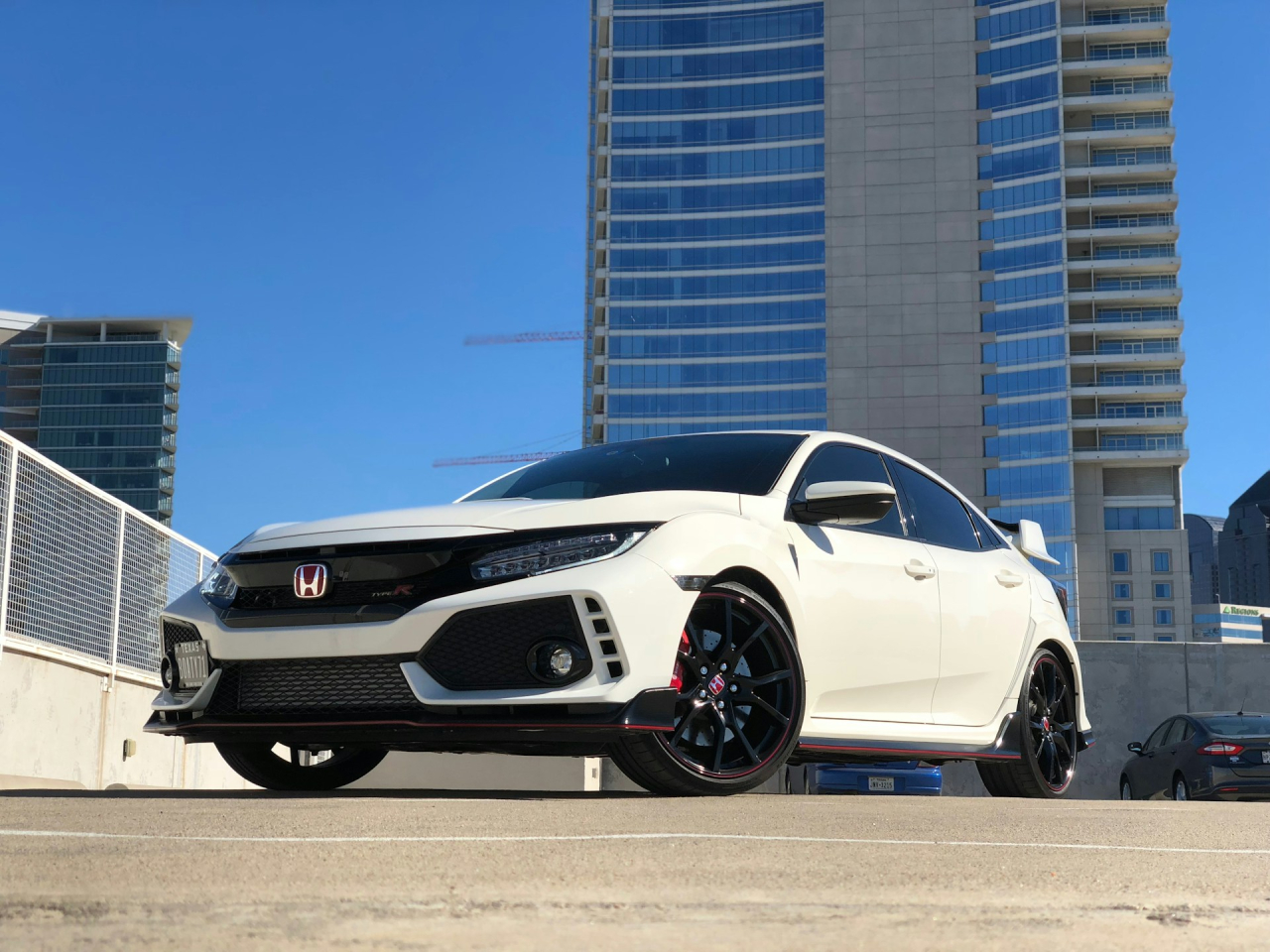In this guide, we’ll provide essential winter car shipping tips to help safeguard your vehicle from seasonal hazards and ensure a smooth transport process.
1. Choose an Enclosed Carrier for Maximum Protection
One of the most effective ways to protect your vehicle from snow, ice, and road salt is by opting for enclosed car transport. Unlike open carriers, which expose vehicles to winter elements, enclosed shipping provides full protection, preventing moisture buildup and potential corrosion.
When to Choose Enclosed Shipping:
-
If you own a luxury, classic, or exotic car.
-
If your destination is prone to heavy snowfall and ice storms.
-
If you want to minimize exposure to road salt and debris.
While enclosed shipping is more expensive than open carriers, it offers superior protection during harsh winter months.
2. Prepare Your Vehicle for Cold Weather Transport
Proper preparation is key to ensuring a safe seasonal car transport experience. Before handing over your vehicle to the shipping company, follow these steps:
-
Check Antifreeze Level - Ensure your coolant system is filled with the correct mix to prevent freezing in low temperatures.
-
Inspect Battery Health - Cold weather drains battery power quickly. If your battery is old or weak, replace it before transport.
-
Top Off Fluids - Ensure brake fluid, transmission fluid, and windshield washer fluid are at optimal levels and suited for winter temperatures.
-
Inflate Tires Properly - Cold temperatures cause tire pressure to drop, so inflate them to the manufacturer’s recommended levels.
3. Wash and Wax Your Car Before Shipping
Washing and applying a protective wax coat before shipping prevents road salt and ice buildup, reducing the risk of corrosion. Dirt and debris can mask scratches or dings, so a clean surface makes it easier to document your vehicle’s condition before transport.
Key Steps:
-
Wash the car thoroughly to remove dirt and debris.
-
Apply a high-quality wax coat to create a barrier against moisture.
-
Take clear photos of your vehicle from all angles for reference in case of shipping damage.
4. Remove Personal Items and Accessories
Winter shipping conditions can cause jostling and shifting during transit. To avoid damage, remove any loose or unnecessary items, including:
-
Personal belongings such as electronics, important documents, and valuables.
-
Exterior accessories like roof racks, spoilers, and antennae that could be damaged by strong winds or snow accumulation.
-
Custom floor mats or sunshades that might trap moisture and lead to mold or freezing.
5. Choose a Reliable Car Shipping Company
Not all transport companies specialize in winter car shipping, so it’s essential to work with an experienced carrier that understands the risks of seasonal car transport. Look for companies that:
-
Provide insurance coverage for weather-related damage.
-
Have GPS tracking so you can monitor your vehicle’s location.
-
Offer temperature-controlled enclosed carriers for sensitive vehicles.
-
Have positive reviews from customers who shipped their cars in winter conditions.
6. Consider a Rust Prevention Treatment
Exposure to road salt and moisture during transport can accelerate rust formation, especially on the undercarriage. Applying a rust-prevention treatment or undercoating before shipping can help protect your vehicle’s frame and metal parts from corrosion.
Best Practices for Rust Prevention:
-
Apply a rustproofing spray, particularly on the undercarriage.
-
Wash the car immediately after arrival to remove residual road salt.
-
Regularly check for signs of rust and treat affected areas promptly.
7. Be Flexible with Delivery Dates
Winter weather is unpredictable, and delays due to snowstorms, icy roads, or extreme temperatures are common. To avoid stress:
-
Plan ahead and schedule shipping in advance to accommodate unexpected delays.
-
Be flexible with delivery times to ensure the safest possible transit.
-
Communicate with your transport provider for real-time updates on your vehicle’s journey.
Shipping a car (or scrap cars) in winter requires extra precautions to prevent weather-related damage. From choosing an enclosed carrier to performing a pre-shipping inspection, these steps ensure your vehicle arrives safely at its destination.
By following these winter cars shipping tips and selecting a reliable transport provider, you can confidently navigate seasonal car transport without worrying about snow, ice, or freezing temperatures. Always prioritize vehicle protection to keep your car in top condition, no matter the weather. This is a very responsible task, so it is important for people who work this to have life insurance or for their health.






